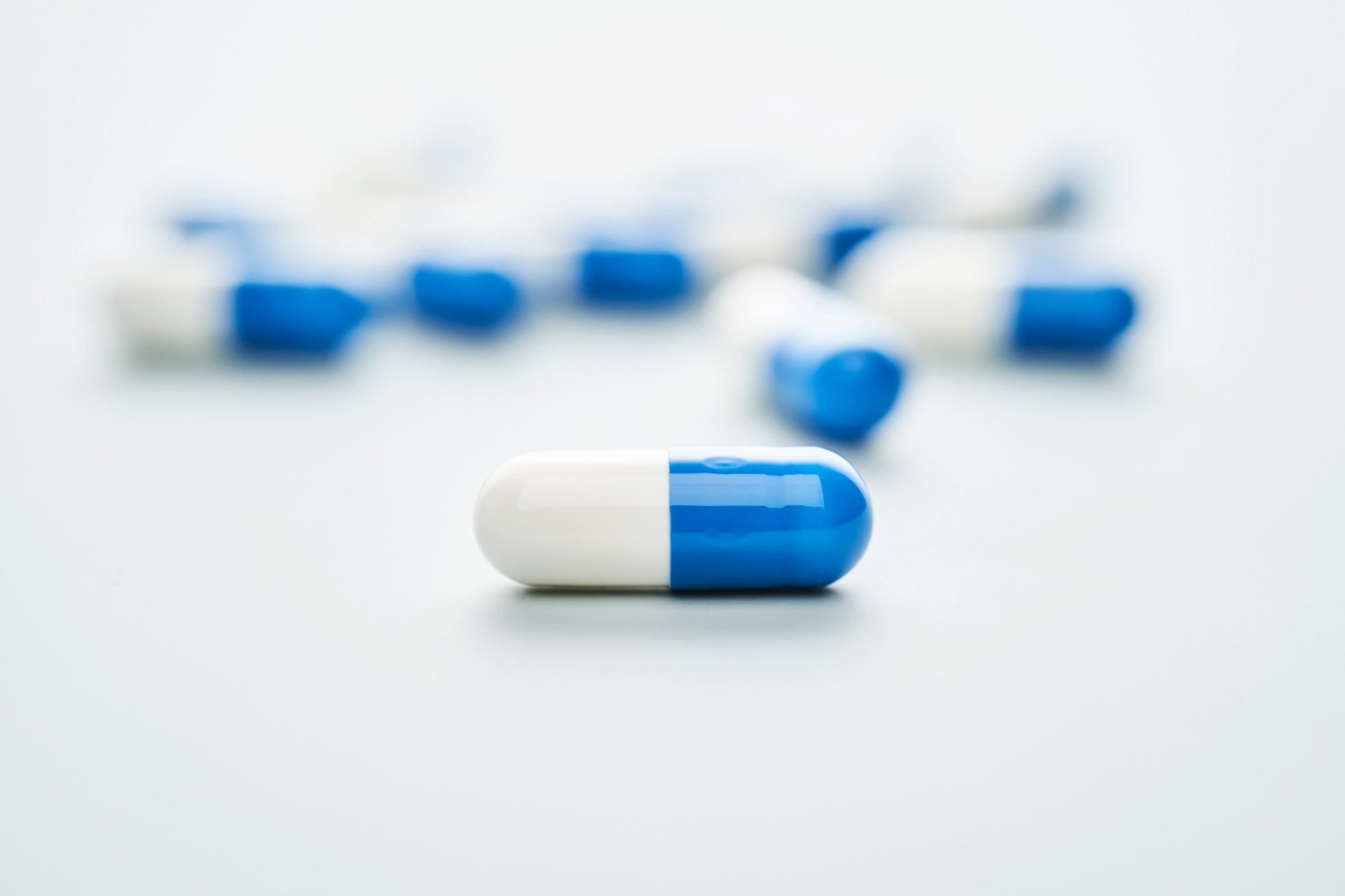Pollution can hit some people harder. If persistent cough or other respiratory symptoms trouble you year after year due to poor Air Quality India (AQI), a proper diet with lung-cleansing foods may offer additional protection.
Category: 6. Health
-
Access Denied
Access Denied
You don’t have permission to access “http://www.business-standard.com/health/crossed-40-doctor-says-stop-these-5-habits-now-to-slow-ageing-from-within-125120800250_1.html” on this server.
Reference…
Continue Reading
-

Trifocal Ilizarov Bone Transport for a 21-cm Tibial Defect in a Chroni
Introduction
Chronic osteomyelitis of the tibia remains one of the most formidable complications following both intra- and extramedullary fixation of leg fractures. Its incidence can be as high as 22.4% in certain series, particularly in the…
Continue Reading
-

Effect of succinylcholine on the incidence of the postoperative sore t
Introduction
Hysteroscopy has been widely used for the treatment of various intrauterine diseases, including adenomyosis, endometrial polyps, endometrial tumors, uterine septum surgery, intrauterine adhesions, and fallopian tube obstructions.
Continue Reading
-

Perioperative Blood Pressure Optimization to Improve Outcomes in Ortho
Introduction
Orthopedic surgery is one of the most frequently performed procedures worldwide, with millions of joint arthroplasties, spinal reconstructions, limb operations, and trauma-related interventions annually.1–3 Blood pressure…
Continue Reading
-

When companies “go green,” air quality impacts can vary dramatically | MIT News
Many organizations are taking actions to shrink their carbon footprint, such as purchasing electricity from renewable sources or reducing air travel.
Both actions would cut greenhouse gas emissions, but which offers…
Continue Reading
-

Study reveals the hidden toll of sudden cardiac death in type 1 and type 2 diabetes
A Danish nationwide study shows that people with type 1 and type 2 diabetes face much higher rates of sudden cardiac death and lose years of life as a result, highlighting the urgent need to identify and protect those at greatest…
Continue Reading
-

Noninvasive Raman device tracks blood glucose accurately in under a minute
A shoebox-sized optical device reads glucose directly through the skin in seconds, offering a promising step toward truly noninvasive, point-of-care glucose monitoring.
Pipeline for the development of compact BRS-based CGM. (a)…
Continue Reading
-

Young Australians are staying on antidepressants for longer than ever
A nationwide analysis of prescription data reveals that young Australians are staying on antidepressants for longer than ever, highlighting growing gaps between clinical guidelines and real-world practice.
Increasing Prevalence of…
Continue Reading

